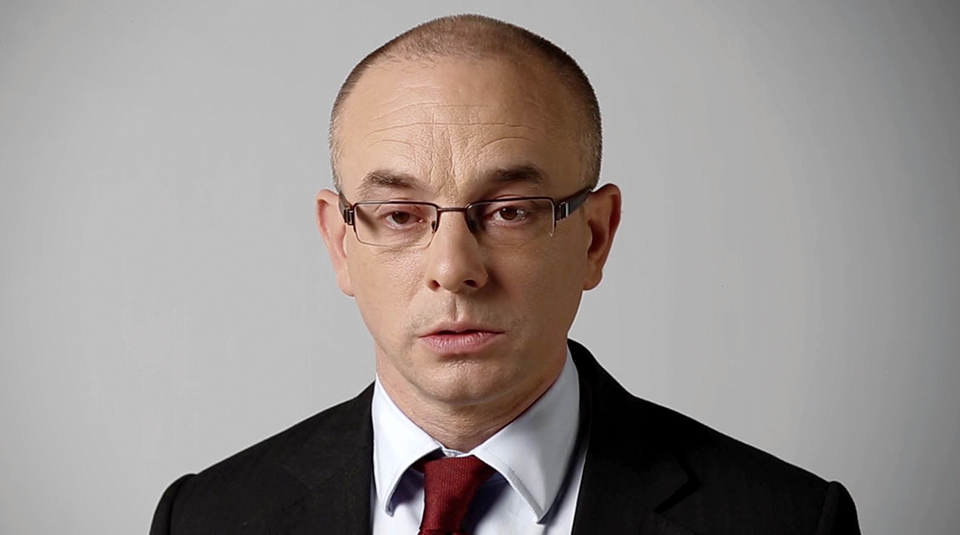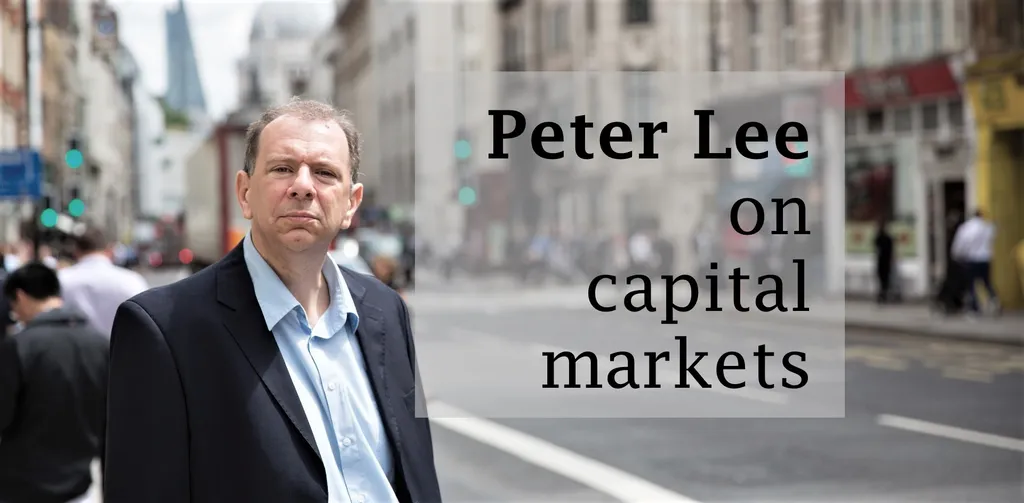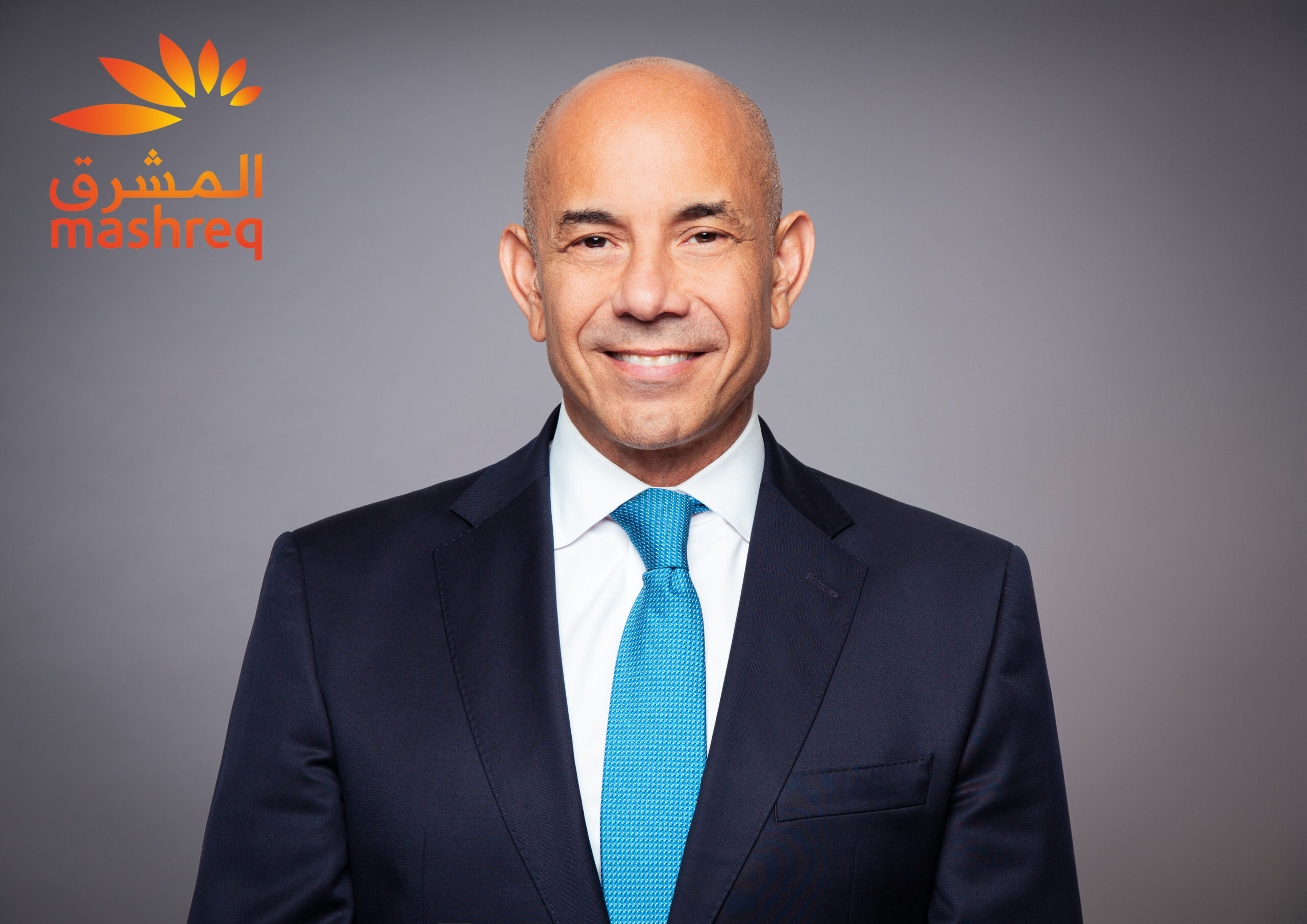Today, shares in Renk Group, the German manufacturer of propulsion systems for tanks and other armoured vehicles, were due to begin trading on the Frankfurt stock exchange.
Private equity group Triton, which buys European mid-market companies across the business services, industrial technology, healthcare and consumer sectors, had acquired Renk in 2020 from previous majority owner Volkswagen.
In a quick turnaround, Triton announced back on September 12 its plans to sell shares representing up to 27% of the company in an IPO. That news came just as the book was building nicely for SoftBank’s relisting on Nasdaq of Arm, the licenser of designs for chips in the central processing units for mobile phones.
Arm priced shares in its latest $4.9 billion public offering on September 13 at $51 and saw a first day pop of 25% up to $64.
Enthused by this, Goldman Sachs, joint global coordinator and IPO allocation coordinator on the Arm deal, declared in a note published on September 15 that, after a near two-year drought “the IPO market is open for business!”
Goldman reported that its own IPO issuance barometer, which gauges how conducive the environment is for IPOs, with a level of 100 marking the typical frequency for deals, had been “suggesting a more normalized IPO backdrop going forward” since June.
The Goldman barometer had fallen to as low as 7 in September last year but was now back above 90.
IPO slump
That must have sounded like good news to private equity funds and investment banks, because data compiled by EY shows that global IPO volumes in the third quarter of 2023 were 27% lower than in the same period in 2022, itself regarded as a slump year.
Unfortunately, as Euromoney’s Mark Baker pointed out at the time, the success of Arm’s IPO tells us precisely nothing about the prospects for any other share offering.
At least the seller and its banks had been smart enough not to push the offer price beyond the top of the indicated range, as they might well have been tempted to, given the strength of demand.
That is just as well. Because by the time Renk Group came to close its IPO three weeks later, on October 4, shares in Arm were trading back just above the listing price at $51.5.
You really don’t want to see shares go below the issue price just three weeks after an IPO. That would suggest a good chance of long-term stock price underperformance. And SoftBank still owns 90% of the company.

The sharp sell-off in global sovereign bond markets at the end of September and start of October quickly spilled over into equity markets. Having tried to price at the bottom of its indicated range, Renk and its shareholder, pulled the IPO, pointing out that “in the past days, the market environment has clouded noticeably.”
Renk and Triton say that the option of an IPO at a later date remains “under consideration”.
Timing it will be difficult. Global markets remain volatile, with wild swings in government bond yields driving everything else.
Paul Donovan, chief economist at UBS Global Wealth Management, suggests that this is because the US Federal Reserve and the European Central Bank have abandoned forward guidance or any vision for monetary policy and declared themselves data dependent.
“Today’s central bank leaders just react to the latest data point,” Donovan says in his always entertaining morning audio comment today. “Thus, rogue numbers can and do push expectations of policy back and forth – because investors fear weak leadership in central banks will respond to the latest shiny new number placed before them.”
Donovan doesn’t go into it today, but regular listeners hear the echo from another of his favourite themes – that the data on which central banks depend is both spectacularly unreliable and perhaps even incapable of portraying what is really going on in the economy, as recent revisions show.
Triage mode
But back to the prospects for a sustained revival in IPOs.
The biggest sources of IPO candidates are established companies owned by private equity funds, some of which, like Arm Holdings, have previously been publicly quoted, and growth companies owned by venture capitalists.
When you talk to the private credit funds that lend to these companies – and I have had many conversations with these direct lenders recently – what you hear is that many private owners are still in triage mode, choosing which portfolio companies to inject more equity into and protect from covenant breaches and defaults.
That kind of emergency equity raising is a world away from an IPO. And while some high-quality companies may yet make it along the treacherous pathway to public ownership, it will likely be only a small minority.
Morgan Stanley has been looking through its database of some 45,000 venture-capital deals by theme, country, value and date. It sees the number of unicorns, that is venture capital owned companies valued at $1 billion or more, declining, and with further falls still to come.
We now have two precedents and no certainty which one sets the marker for IPOs
In a note published the day before Renk pulled its IPO, Morgan Stanley equity strategists Edward Stanley and Matias Ovrum pulled no punches.
They pointed out: “IPO optimism contrasts sharply with weakening growth and still subdued funding conditions. Smaller startups are shutting down. Most unicorns have less than two years of cash runway. Over half of these companies were last valued when rates were below 1%, and 90% last marked below today’s interest rate.”
Something, they suggest, has still got to give.
They focus on what they call the “rule of 40”, that being a combination of revenue growth and ebidta margin at portfolio companies, which have, as debt becomes more expensive and equity harder to obtain, sought to maintain margins by curtailing growth ambitions.
Revenue growth is now trending towards zero for the median unicorn in the Morgan Stanley database.

The results from analyzing companies by the rule of 40 are the worst for two years. That implies that, for example, the entire pipeline of prospective tech IPOs that might have any chance of commanding reasonable valuation multiples “is lower than most investors appreciate,” at maybe 150 companies out of more than 1,200 potential candidates.
For smaller private companies, the picture is much worse, with the number shutting down per quarter now four times higher than the normal run rate.
Unicorns stumble
And even when companies do manage to raise more equity privately, they are not shouting about it for obvious reasons.
Morgan Stanley points out that for 2023 year to date, the number of private companies advertising post-money valuation figures is lower than at any point over the past two decades. “If we mark-to-market the US unicorn grouping to the latest secondary transaction prices, then the aggregate group valuation would have fallen by 44%.”
They note that, by SVB’s estimates, across all private businesses, 62% will have run out of cash a year from now without an additional capital raise.
Where is the unicorn herd that supplies most of the candidates for IPOs heading from here?
Morgan Stanley suggests that a 50% valuation haircut – a level that secondary markets are effectively telling us is the correct level of re-pricing – would see $1.1 trillion wiped off collective valuations. That could unfold over the next 12 months.
Honestly no one knows. If the economic data that drives policy and in turn equity valuations is unreliable and unrepresentative of the real economy, markets could choose to believe a different story and head back up on the basis of a couple of cheery numbers, say for lower job creation or economic weakness, holding out the hope for an early lurch back to rate cuts.
But market direction needs to be sustained for company owners to plan public offerings with any confidence.
We now have two precedents and no certainty which one sets the marker for IPOs.
It could be Arm, whose shares recovered back to $53.5 yesterday; but it could well be Renk.




